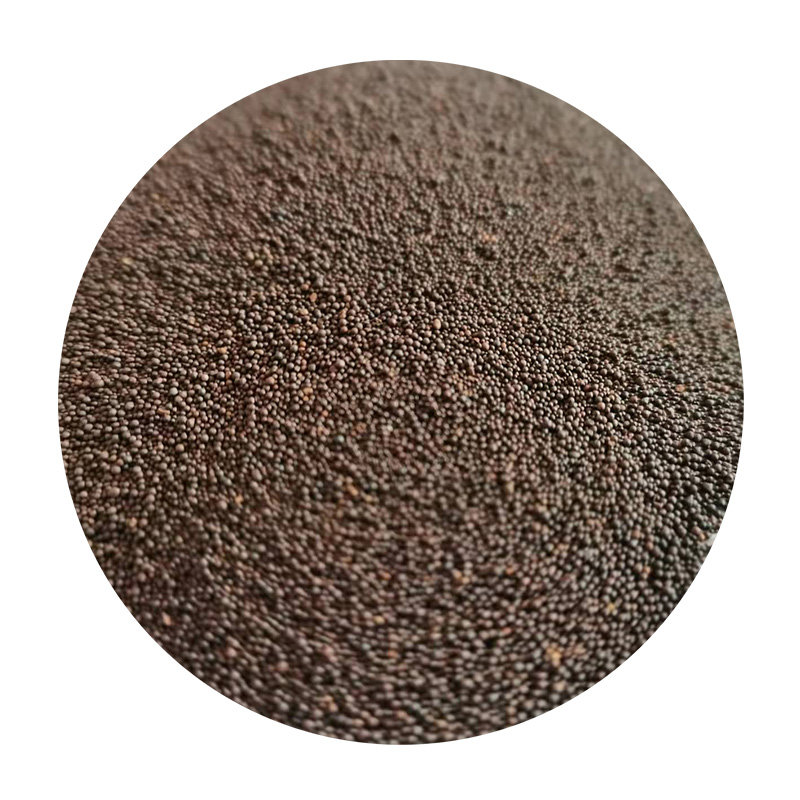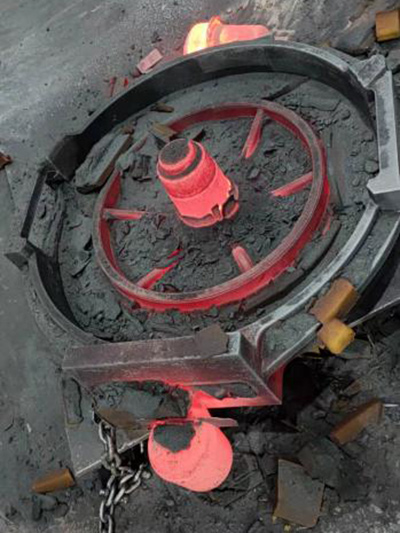

Another pillar of effective sand casting is pattern design. Expert pattern makers possess the knowledge needed to engineer patterns that compensate for metal contraction during the cooling phase. This anticipation of dimensional changes is crucial for achieving precision in the final component dimensions, and by extension, reliability in their application. Trustworthiness in the practice of sand casting metal is reinforced by rigorous quality control measures. Foundries that adhere to stringent inspection protocols ensure that each cast piece meets specified requirements. Techniques such as non-destructive testing (NDT), x-ray inspections, and dimensional verification are employed to ascertain that the cast metal components are free from internal defects and conform to design specifications. The authoritative nature of sand casting in the metalworking industry is further exemplified by countless case studies showcasing its successful application. One notable example includes the production of large and complex engine blocks and industrial machinery components, which demonstrate the method's ability to deliver both high volume and custom runs of parts without compromising quality or performance. For individuals and companies evaluating their manufacturing options, sand casting offers a historical pedigree merged with modern advancements, ensuring its relevance in contemporary applications. Investing in a foundry with seasoned professionals and a proven track record can greatly enhance product outcomes, offering reliable and effective metal components that fulfill the requisite standards of precision and durability. Thus, sand casting metal remains a cornerstone of production processes that require adaptability, efficiency, and quality. Its ongoing evolution in terms of materials and technologies promises continued dominance in the manufacturing landscape, reinforcing the credibility and trust that industries place in this timeless method. Post time:Vas . 14, 2025 07:41
Next:sand casting iron
